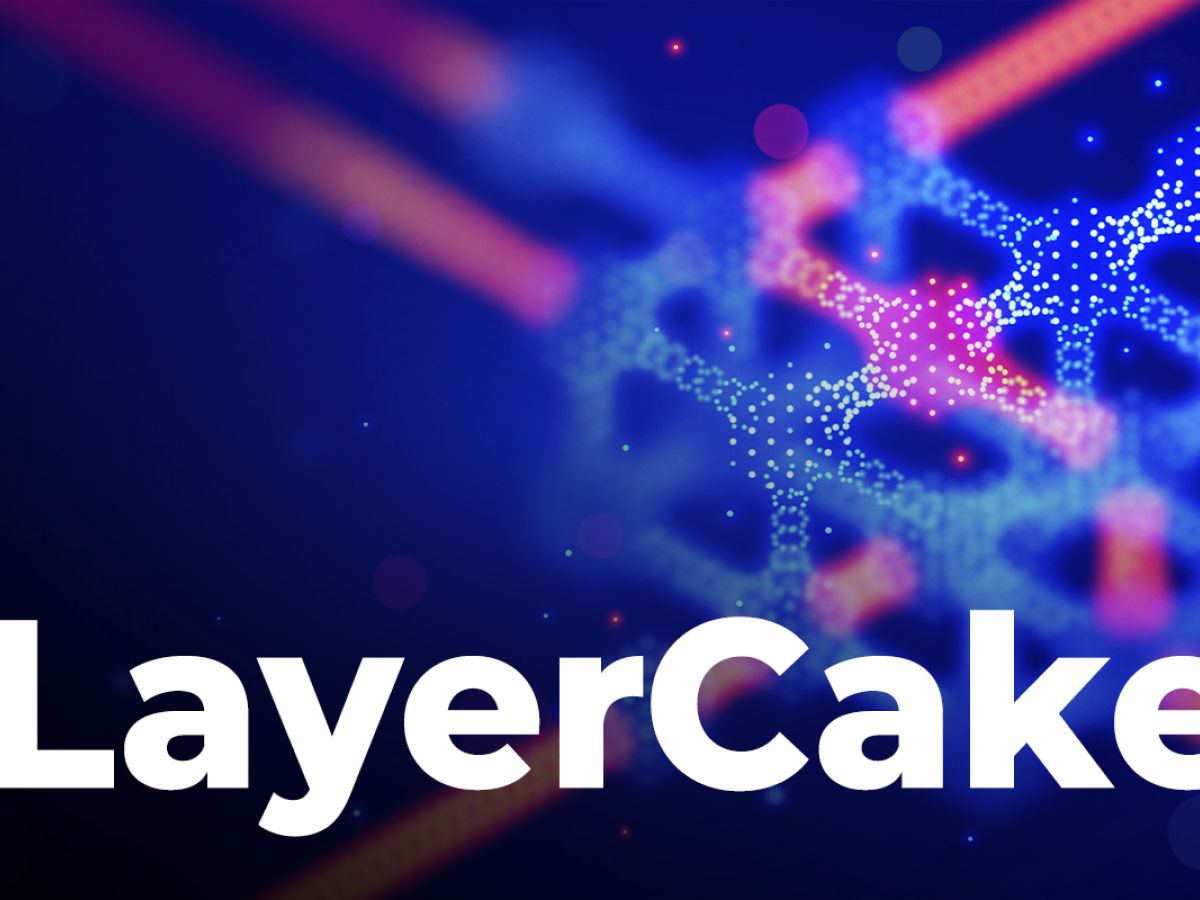
Flare (FLR) engineers unveil LayerCake, a linearly scalable blockchain-agnostic interoperability solution
Contents
Once launched, the new system will introduce a general-purpose interoperability ecosystem for all blockchains with smart contracts. It will also advance the security and resource-efficiency of cross-blockchain bridges.
Here’s how Flare’s Layercake can bridge 100 blockchains with 101 smart contracts
According to the official announcement shared by the Flare Networks team, its engineers proposed LayerCake, a blockchain-agnostic interoperability solution that can change the game in the cross-network bridge sphere.
Why Web3 needs LayerCake🍰:
1️⃣Bridge between any + all smart contract chains
2️⃣Fast, decentralized, fully-insured bridges
3️⃣Zero collateral required from user; network-provided
4️⃣101 smart contracts (not 5,000 bridges) to connect 100 chainsFull segment: https://t.co/OddbKvHQ8r pic.twitter.com/4v6JmiwBSN
— Flare ☀️ (@FlareNetworks) May 6, 2022
Flare Networks CEO Hugo Philion created an educational video to cover the design of the upcoming system and the opportunities it unlocks for DeFi and Web3 as a whole.
LayerCase will bridge blockchains with an ecosystem of bandwidth providers. “Wrapped” asets will initially be minted on Flare (FLR) blockchain itself and then broadcasted to “target” networks.
These bridges will not hold users’ money while every deposit to them will be fully “insured” as bandwidth providers will be required to stake liquidity in the volume that matches the maximum capacity of their chains.
As such, LayerCake infrastructure would allow seamless value transfer between all kinds of heterogeneous networks: Solana (SOL), Ethereum (ETH), Cardano (ADA) and so on.
Why will it be better than all existing solutions?
First, as explained by Mr. Philion, this design would allow bridging systems to be decentralized and fast at the same time. Typically, decentralized systems work far slower than their custodial analogs.
For the first time in the history of Web3 bridging ecosystems, the blockchains will be interconnected by 100% insured systems: this would eliminate the possibility of hacks and attacks.
Last but not least, with this concept, the bridging ecosystems will be scaled linearly, not quadratically (blockchain-to-blockchain) to avoid scalability and interoperability bottlenecks.

